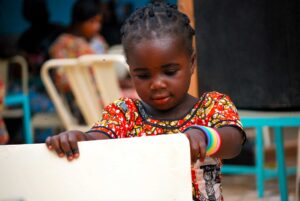
Make an Impact
Lorem ipsum dolor sit amet, consectetur adipiscing


Lorem ipsum dolor sit amet, consectetur adipiscing

Lorem ipsum dolor sit amet, consectetur adipiscing

Lorem ipsum dolor sit amet, consectetur adipiscing
Stay engaged, and see how your generosity makes a difference.
Keeping your community clean and green, one pickup at a time for a healthier tomorrow for a clean earth & clear future.